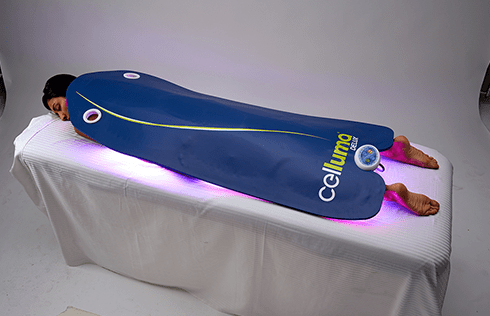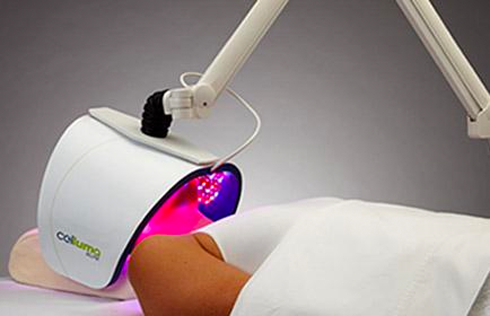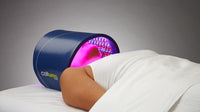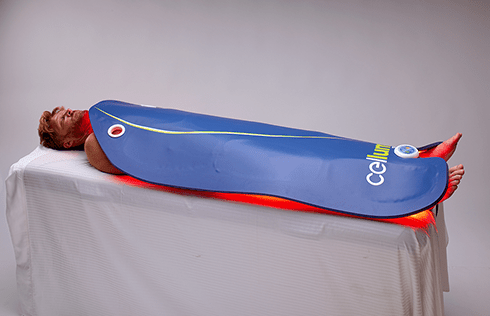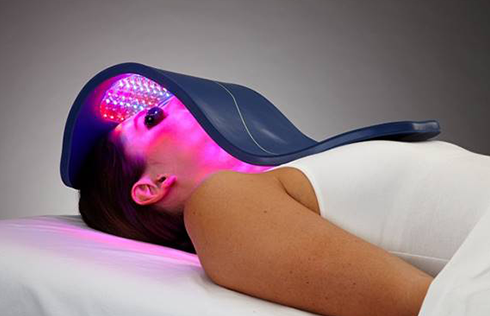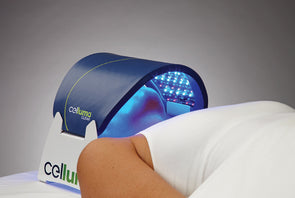ABSTRACT ACHES & PAINS

Effect of light emitting diodes in the photodynamic therapy of rheumatoid arthritis.
Neupane J, Ghimire S, Shakya S, Chaudhary L, Shrivastava VP.
College of Biomedical Engineering and Applied Sciences, Dhana Ganesh, Handigaun Marg, Kathmandu, Nepal.
Abstract
BACKGROUND:
Complex and painful surgical removal of synovium was replaced by arthroscopic synovectomy as an early treatment of rheumatoid arthritis (RA), which being limited to bigger joints, was replaced by laser synovectomy. Having been more time consuming, laser photodynamic therapy (PDT) replaced this method. Due to thermal side effects of laser PDT, an alternative source of light has been sought. Therefore, to make RA treatment cheaper, less hazardous and suitable according to anatomical geometry, light emitting diodes (LEDs) were used in this study as a potential source of light.
METHODS:
Red, white, yellow and infra-red (IR) LEDs were tested to measure the optical penetration for soft tissue and their scattering. In vitro study of the cellular response of normal and inflamed lymphocytes from healthy and RA patients was conducted respectively. Methotrexate was injected as photosensitizer to achieve cell-specific precision.
RESULTS:
IR LEDs showed the maximum penetration and least scattering of all LEDs used. Specimen with drug administration and with subsequent exposure to IR LEDs exhibited massive suppression of inflamed activated lymphocytes in comparison to other controls.
CONCLUSION:
The properly selected wavelength and intensity of light beam were incident with great precision so that they would not affect unwanted cells, but inflamed activated cells were suppressed due to intense light energy following Methotrexate injection. Without invasion, IR LED PDT showed an effective and cheaper treatment solution for RA.


